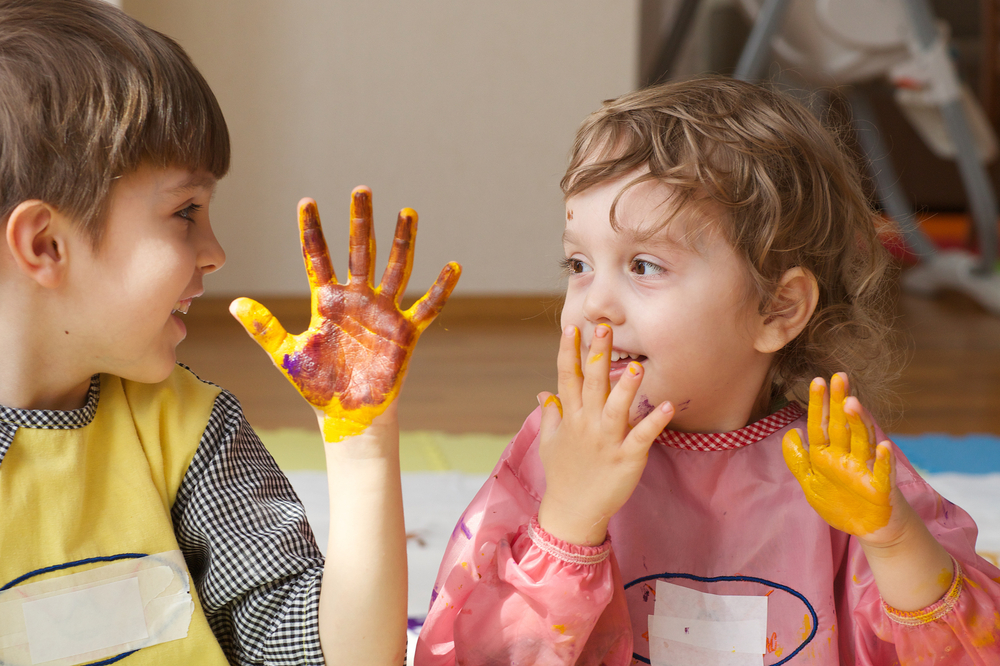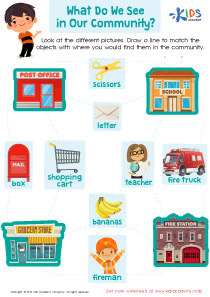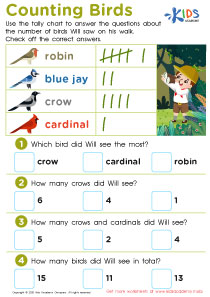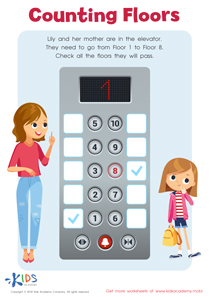Understanding patterns Extra Challenge Math Worksheets for Ages 3-5
3 filtered results
-
From - To
Unlock your child's potential with our "Understanding Patterns Extra Challenge Math Worksheets" designed specifically for ages 3-5! These engaging worksheets are perfect for young learners eager to explore the world of patterns. Through fun activities, your child will develop critical thinking skills and enhance their ability to recognize and create patterns, laying a strong mathematical foundation. Each worksheet is crafted to be interactive and enjoyable, making learning both effective and exciting. Help your little one build confidence in their math abilities while discovering the fascinating world of patterns. Start this journey of exploration and growth with our specially designed worksheets today!
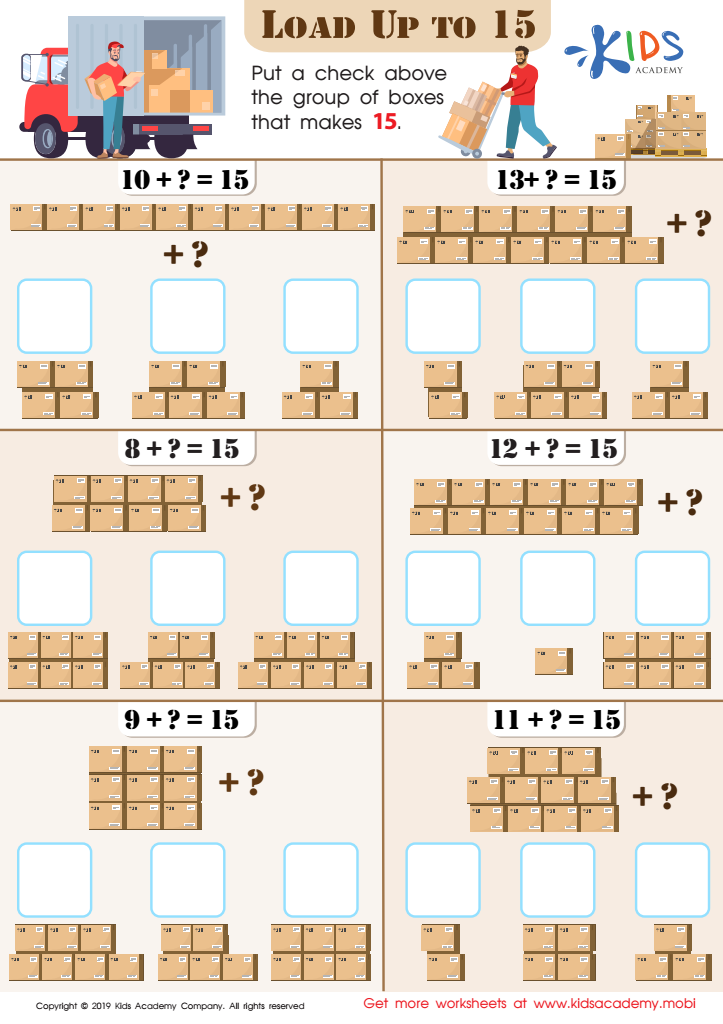

Load up to 15 Worksheet
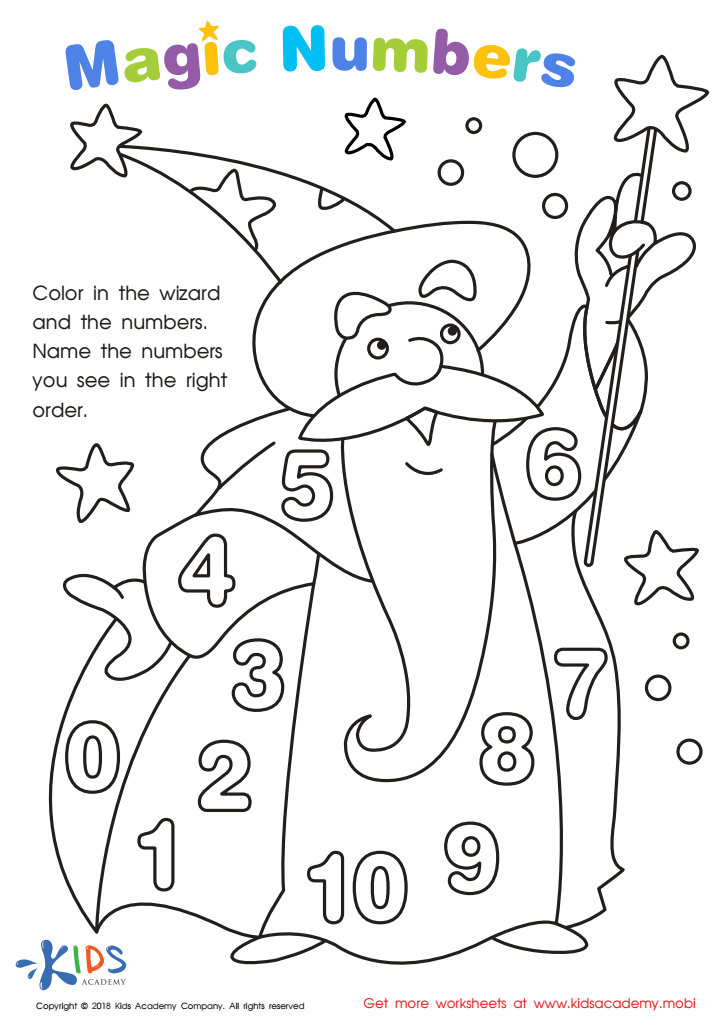

Magic Numbers Worksheet
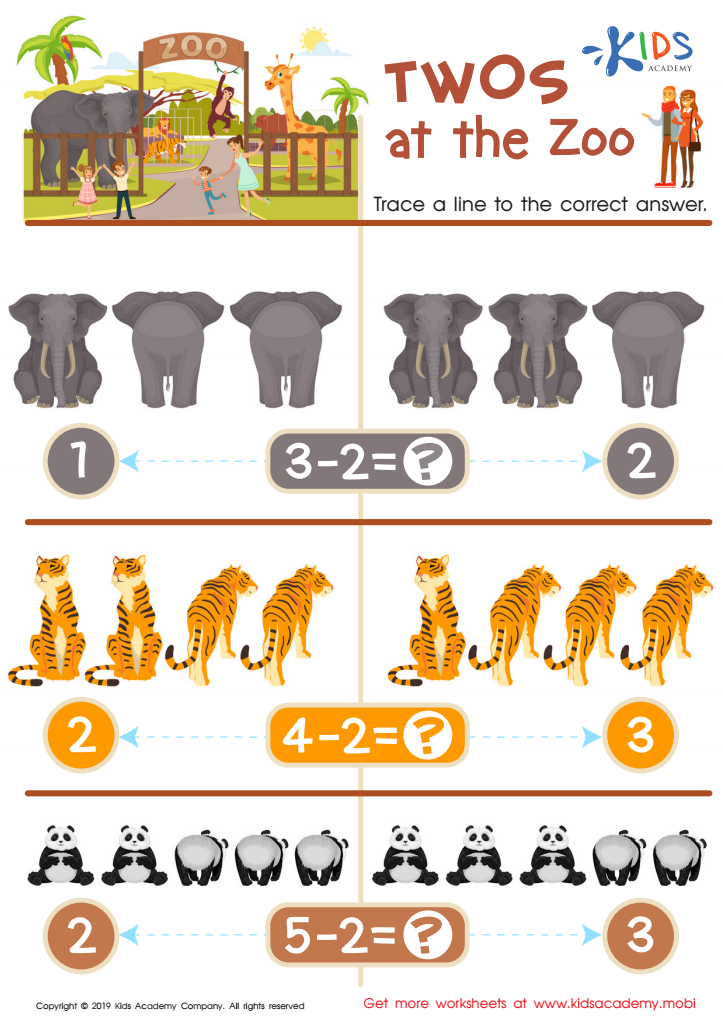

Twos at the Zoo Worksheet
Understanding patterns is foundational for children's cognitive development, especially in early mathematics learning. For children aged 3-5, engaging in pattern recognition and creation fosters critical thinking and enhances their ability to make connections between different concepts. Pattern awareness lays the groundwork for mathematical concepts such as counting, sorting, and sequencing, vital for later math success.
Teachers and parents should prioritize activities that promote pattern understanding because these early experiences influence children's overall problem-solving abilities. Through exploration of patterns using colors, shapes, or sounds, children develop observation skills and gain insight into relationships between objects. This not only boosts their mathematical thinking but also supports skills across various subject areas, including science and literacy.
Furthermore, learning through patterns often involves hands-on activities, making it an enjoyable process that alleviates math-related anxiety. It cultivates curiosity and encourages collaborative learning when kids share their observations. For parents and teachers, focusing on pattern recognition can contribute to creating a strong mathematical foundation in children, enabling them to succeed in more complex concepts in the future. Ultimately, nurturing an early understanding of patterns paves the way for confident, capable learners who embrace mathematics as a valuable tool for understanding the world around them.
 Assign to My Students
Assign to My Students









